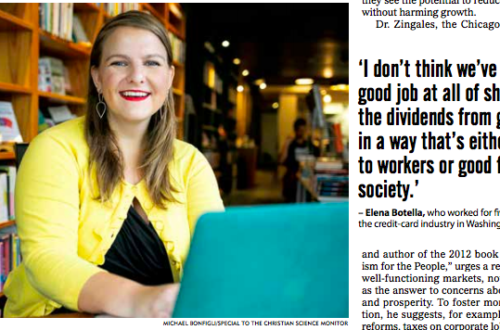For Slate, I reviewed A.K. Sandoval-Strausz’ new book Barrio America.
Just decades ago, American cities were in steep decline. Eighteen of the United States’ 25 largest cities were smaller in 1980 than they were in 1950. Grim urban landscapes faced depopulation, high crime rates, municipal bankruptcies, and economic decline. Conventional wisdom says the “creative class,” some combination of bohemian artists followed by white-collar yuppies, deserves credit for reversing the tide, making downtowns attractive, if expensive, places to live, a reversal that dampened the congestion, alienation, and environmental catastrophe of the suburbs. Not so fast, says Sandoval-Strausz.





